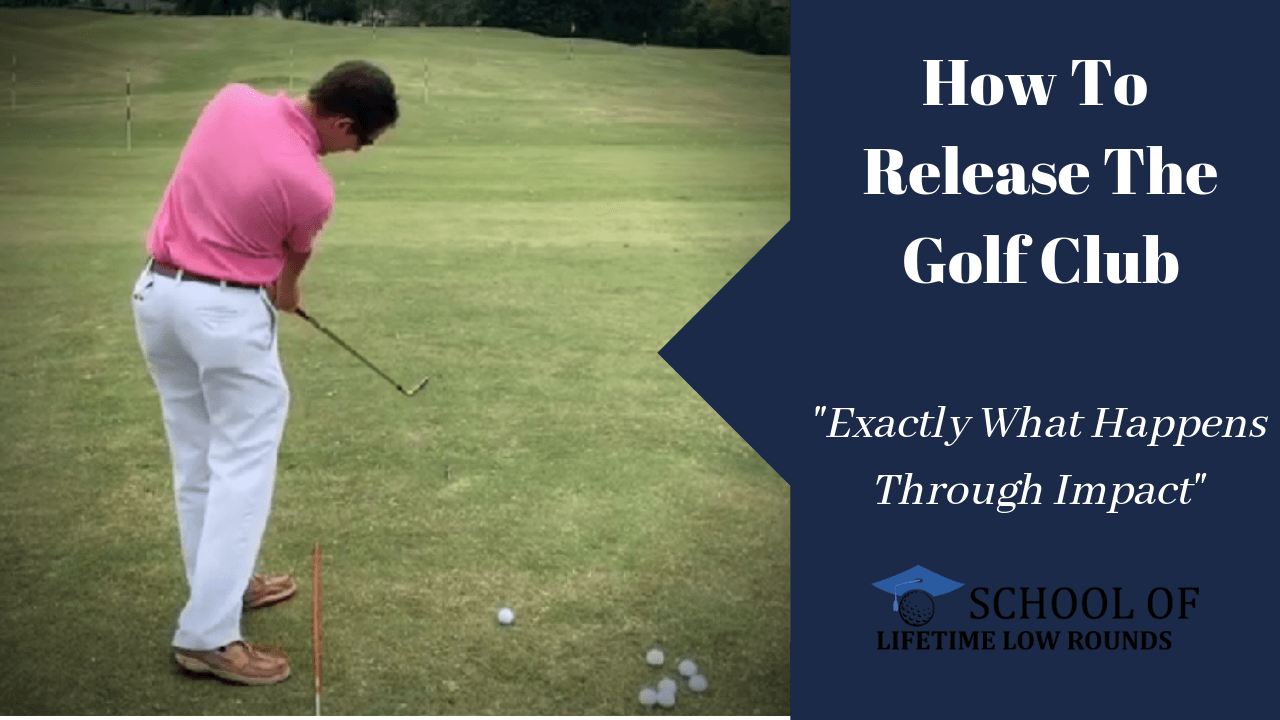
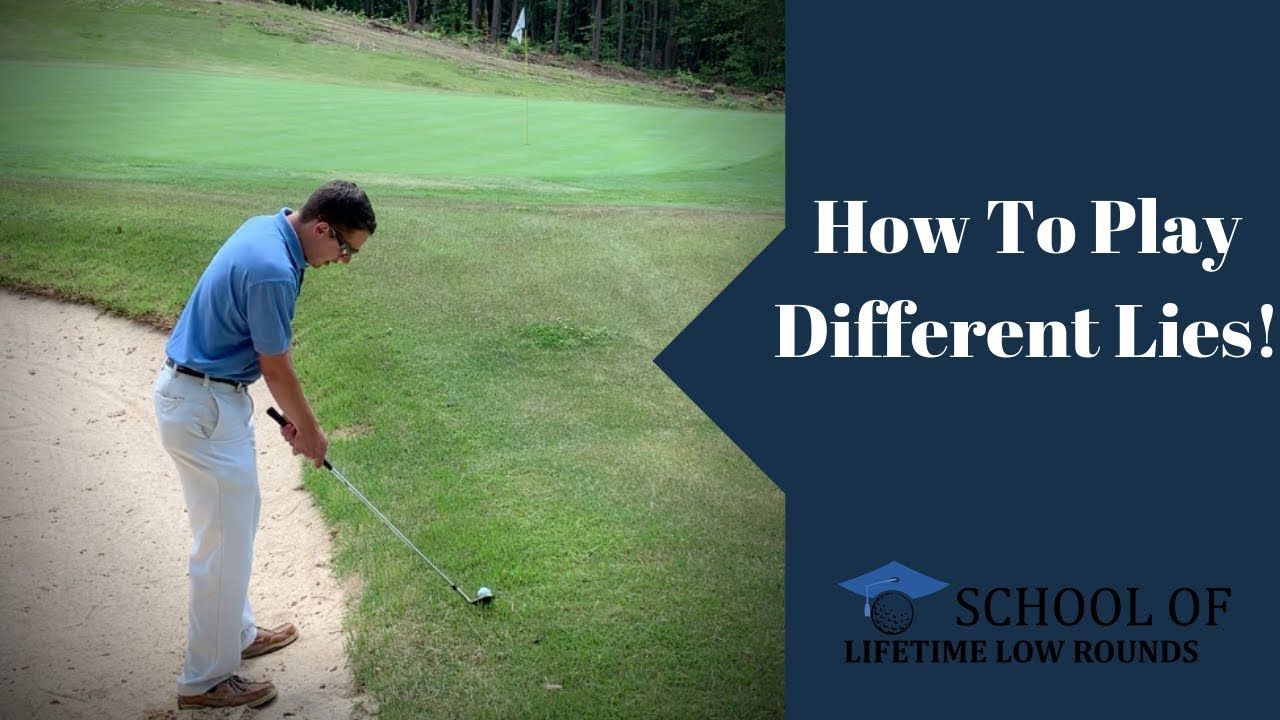
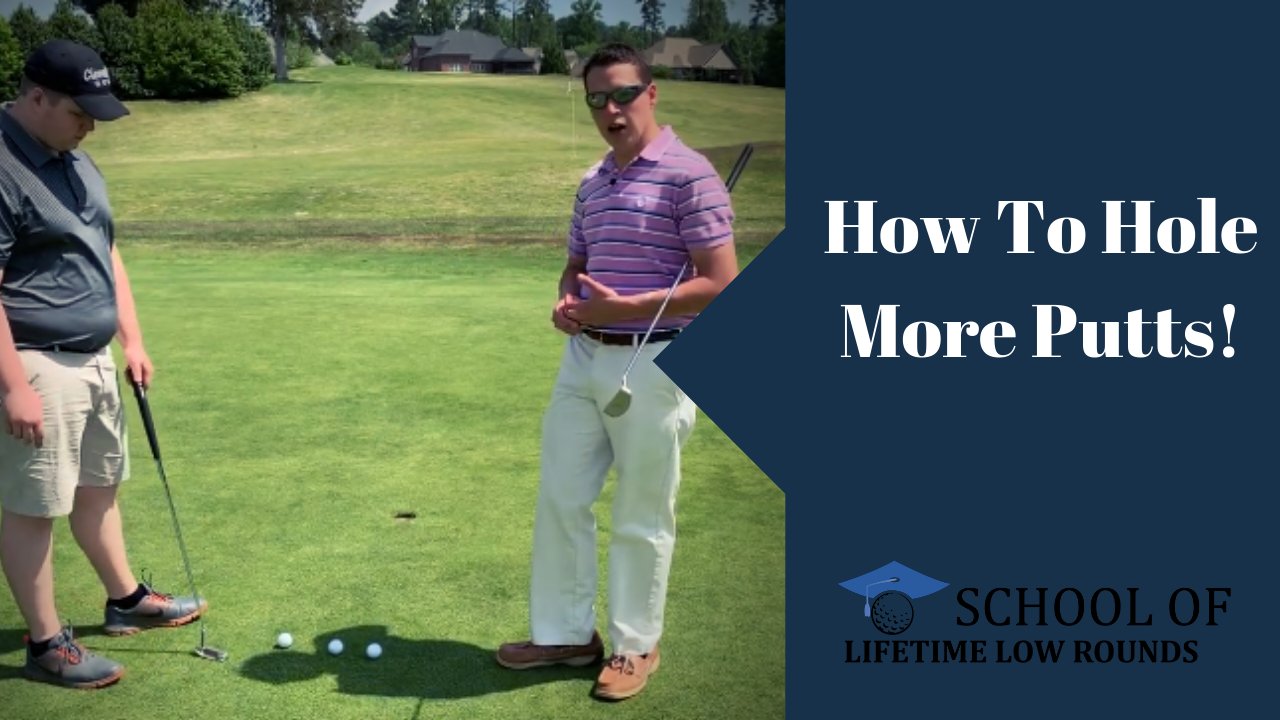
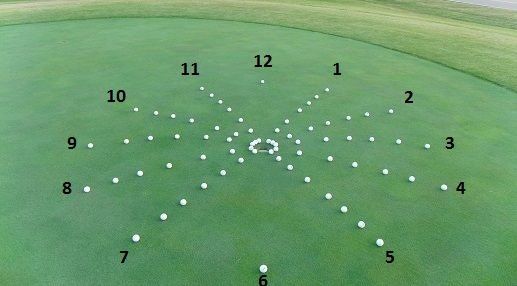
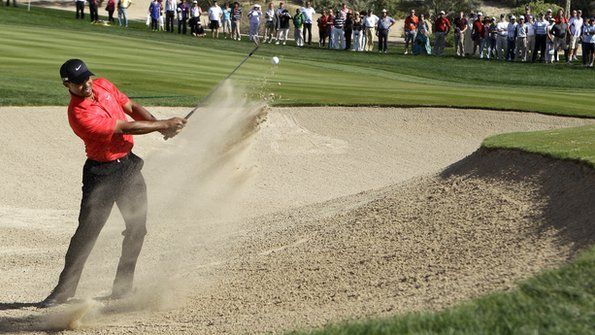
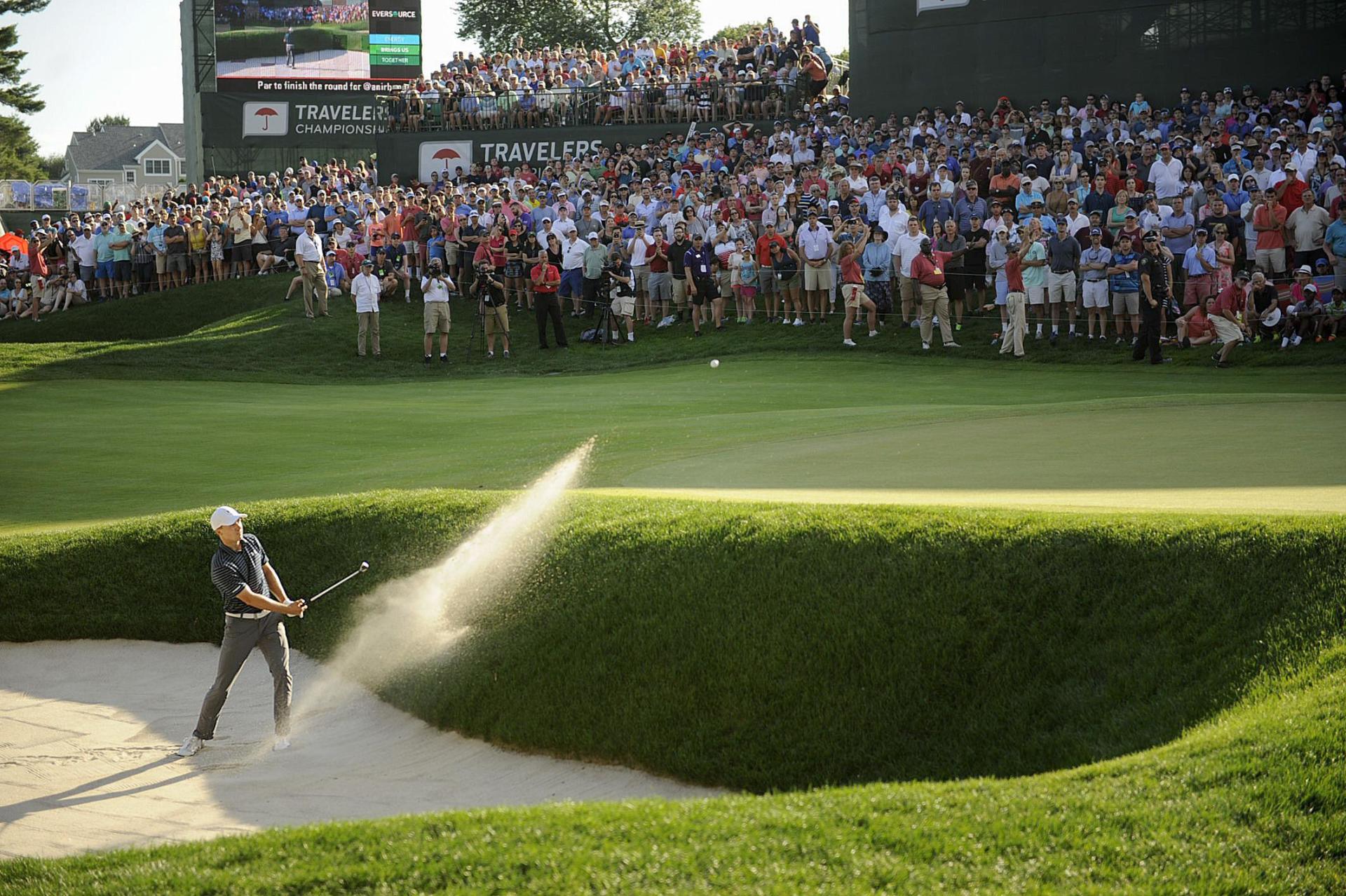
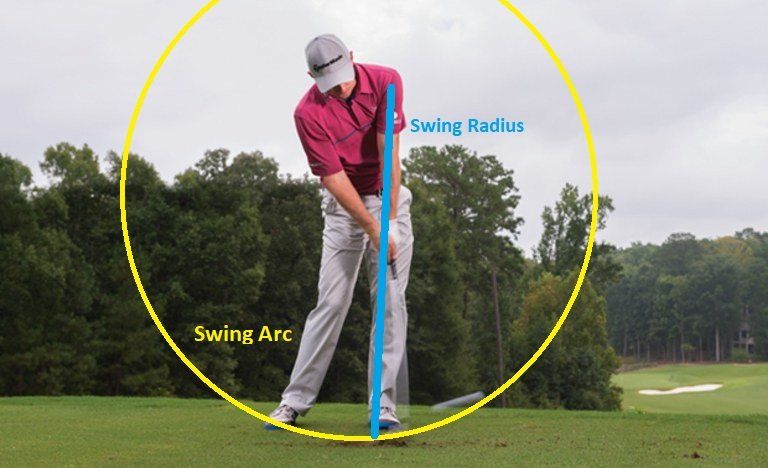
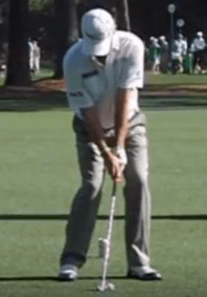


Image Credit: Golf Magic
How to fix a hook is something many golfers who have the issue wishes to eliminate. There is nothing more frustrating than to hit a shot like the guy above that starts down the middle of the fairway and snaps left into the woods.
If you would like to avoid the woods and trouble altogether then you definitely want to read today's post.
In order to fix a hook shot you must first understand the cause behind it.
With the new ball flight laws we understand that the ball will always start 85% to the face angle at impact and then it will curve if the club path doesn't match up with the face angle at collision with the ball.
This is so important to understand because if you can correctly identify your ball flight and where it starts in relation to your target then you will more accurately understand what is happening at impact in regards to the face/path relationship.
If we use the picture above, you can see the ball starts right of the target and curves left.
This means the face angle was open to the target at impact around 3* and the club path had to be even further right say 10* in order to create a massive hook as shown above.
Now armed with this information we need to go to work on correcting the face angle and the club path.
The leading faults for creating a golf hook is:
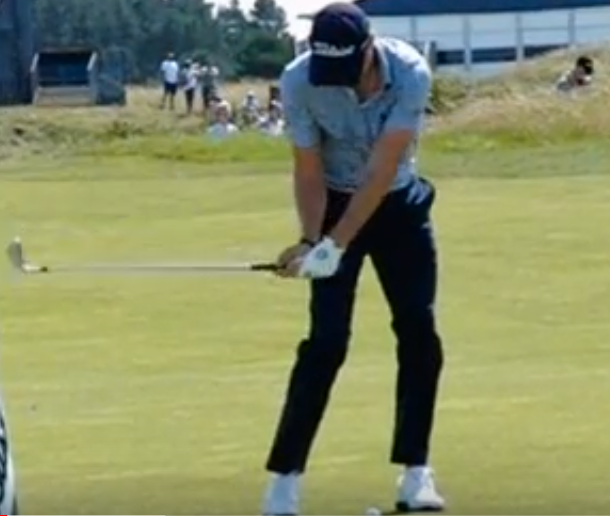
If you can achieve this then you may be able to correct your golf hook shot.
If adjusting spine angle does not solve the hook then you will want to work on the drill I posted in the video below. I show you how to take an alignment stick and attach it halfway down the club and then make swings where you avoid the stick hitting your side.
What this drill will do is self correct your spine angle, excessive flip/rotation of hands through impact, and an in-to-out club path.
Check it out below!
I hope you have enjoyed this video and if you have please leave a comment below!
Also, if you are interested in dropping 4 shots of your game in 3 days then check out our FREE Course http://4shotsin1week.com









Thank you for contacting us.
We will get back to you as soon as possible.
Oops, there was an error sending your message.
Please try again later.